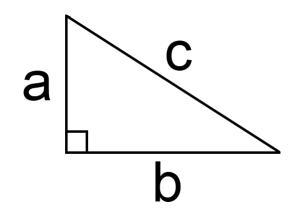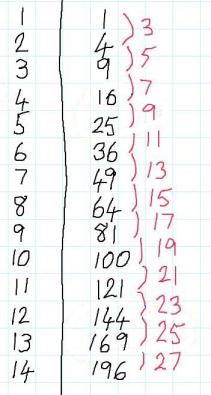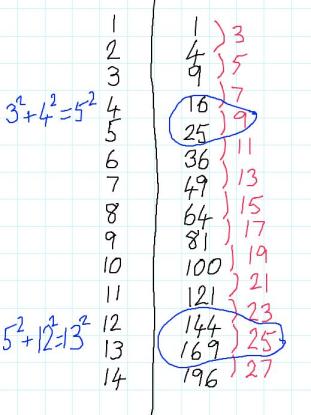Copyright © University of Cambridge. All rights reserved.
'Generating Triples' printed from https://nrich.maths.org/
Show menu
Why do this problem?
This problem connects different areas of mathematics. Students are required to apply their knowledge of Pythagoras' theorem and properties of numbers, while using their algebra skills to make generalisations and prove their conjectures.
Possible approach



Set students to work in pairs looking for more Pythagorean triples. "At the end of the lesson, I want you to be able to explain a method for generating more Pythagorean triples where $b$ and $c$ differ by just 1, and to be able to explain how you know your method will always work."
For some students, it may be appropriate to nudge them towards algebraic representations to justify their findings. This could start with writing the relationship as $a^2 + b^2 = (b+1)^2$
to explain why $a$ needs to be an odd number.
Then students could move on to the more sophisticated idea of writing $a^2$ as $(2n+1)^2$ and using their results to find expressions for $b$ and $c$ in terms of $n$.
If more lesson time is available, students can go on to use their insights from investigating the case where $b$ and $c$ differ by 1 to explore triples where they differ by more than 1. There are some suggestions for follow-up questions in the problem.
Key questions

Possible support
What's Possible? offers a rich exploration of properties of square numbers that could be a good starting point for working on this problem.